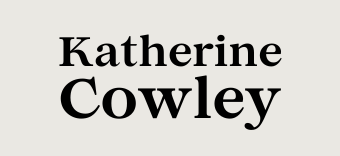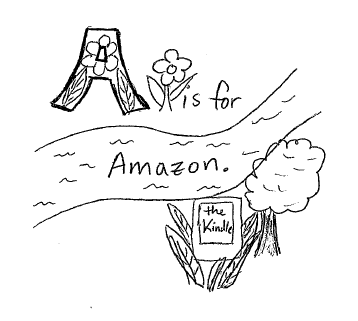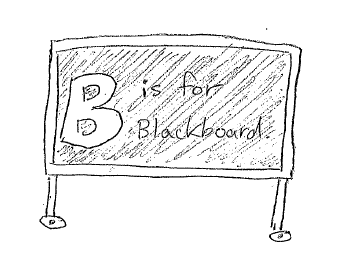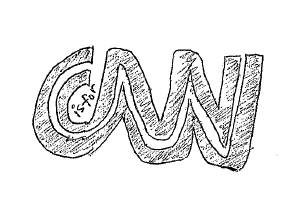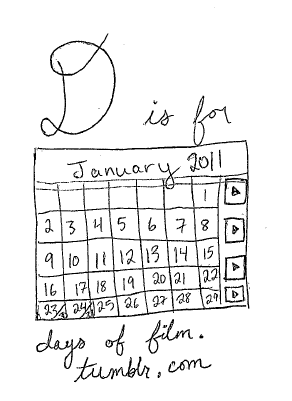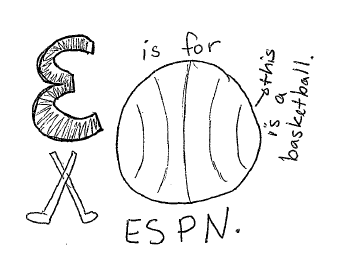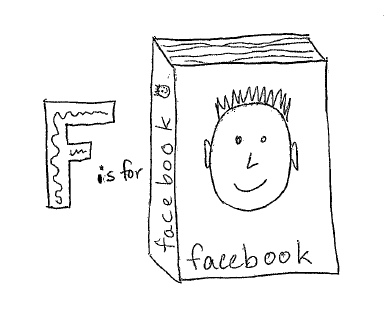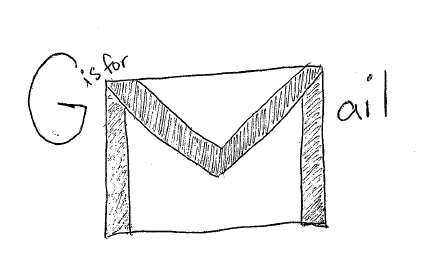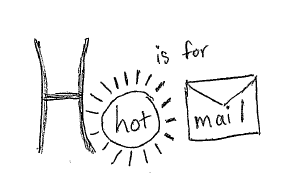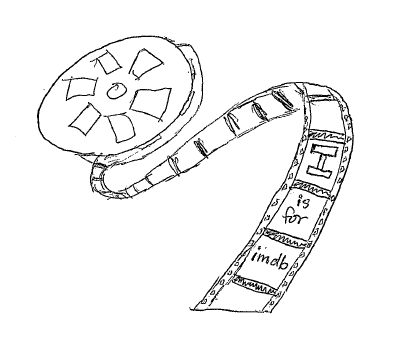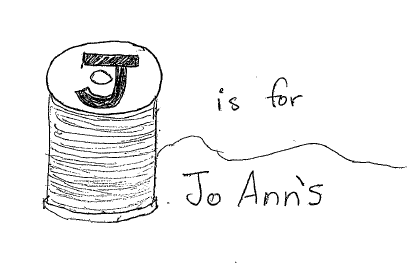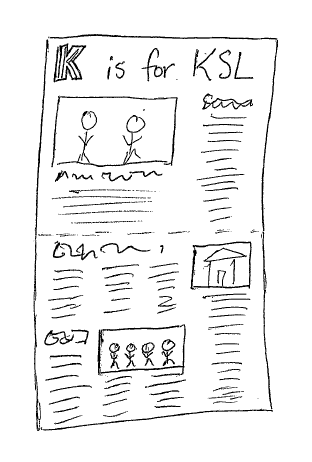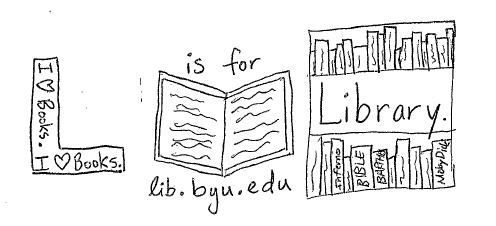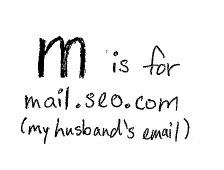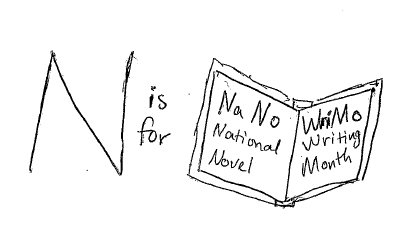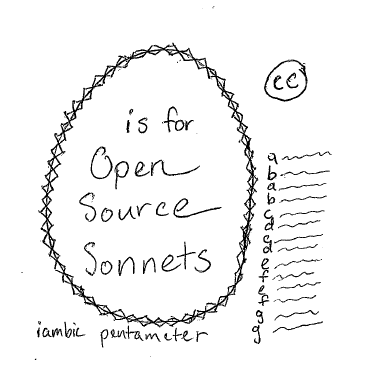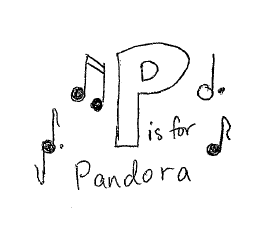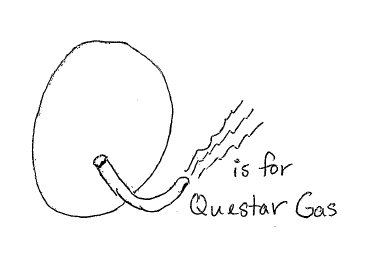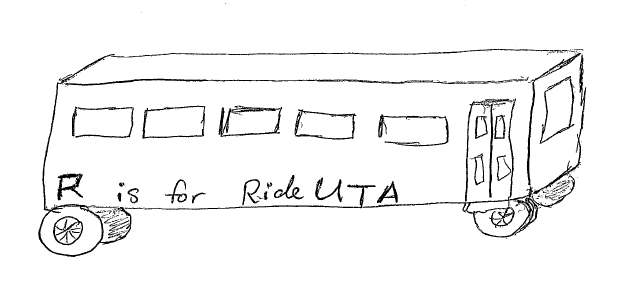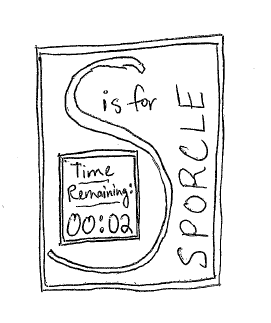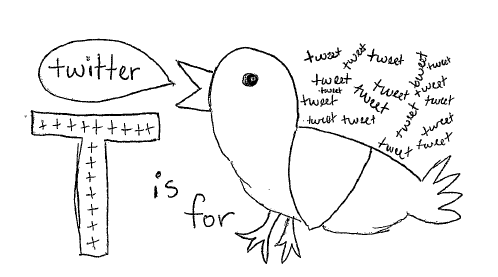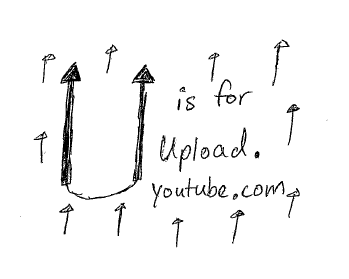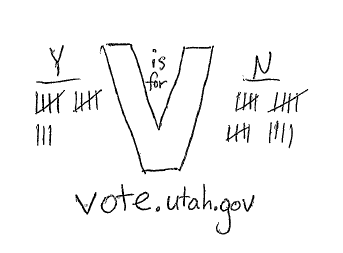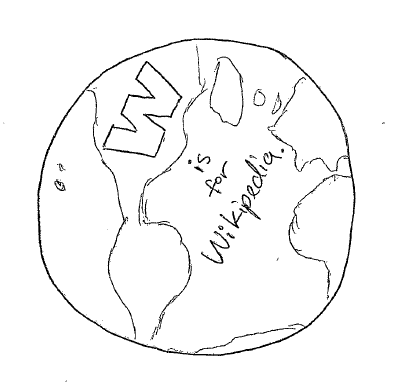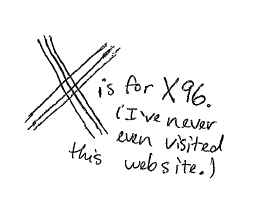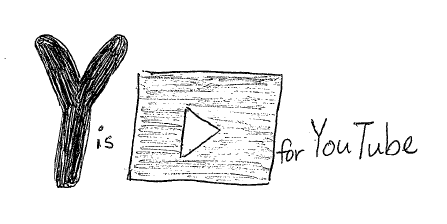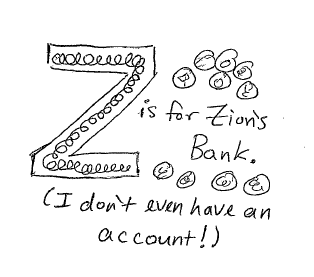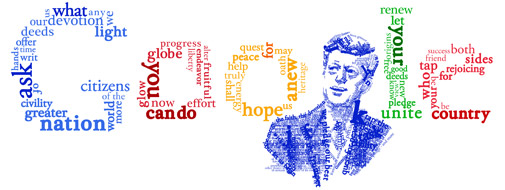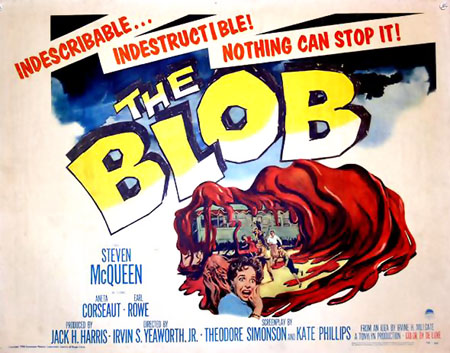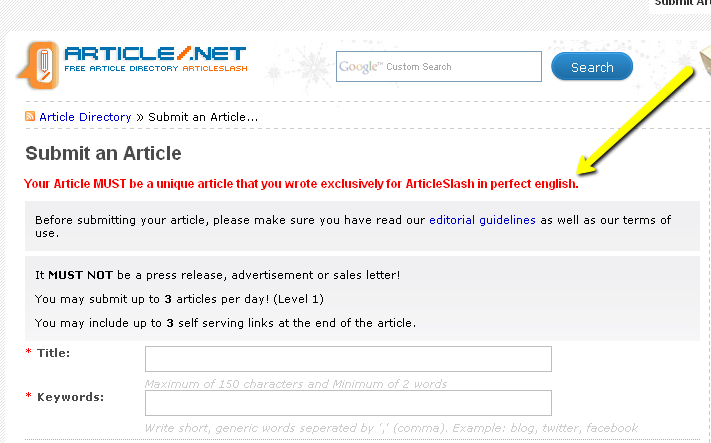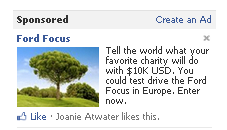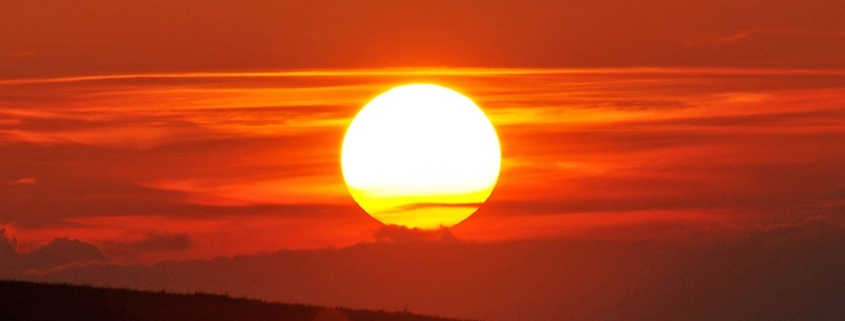Indented Quotes and Images – beautiful
Lorem ipsum dolor sit amet, consectetuer adipiscing elit. Aenean commodo ligula eget dolor. Aenean massa. Cum sociis natoque penatibus et magnis dis parturient montes, nascetur ridiculus mus.
Donec quam felis, ultricies nec, pellentesque eu, pretium quis, sem.
My Internet Alphabet Book: The Web Page I Visit Most for Each Letter of the Alphabet
Alphabet books never get old. So I’ve put together one based off of the web pages I visit most frequently for every letter of the alphabet.
This project was made possible in part by Google Chrome’s lovely autocomplete function, which bases its suggestions off of the websites where I most frequently visit. It was also made possible by my high school art teacher, though I can guarantee the drawing skills I demonstrate below would get me a C out of her class.
My Internet Alphabet Book
A is for Amazon, a company I willingly give money, primarily because I love my Kindle.
B is for Blackboard, the classroom management system I used for teaching last semester, despite the fact that I despise its closed system, constant problems and shutdowns, and large, take-over-the-universe feel.
C is for CNN, and for “C-N” (seein’) only US news, without an international perspective. Yet obviously I turn here for news.
D is for Days of Film, the daily video blog I am writing (filming) this year.
E is for ESPN, because we all know I’m a sports buff. (Now I know what my husband does when he borrows my computer.)
F is for Facebook, my social media site of choice.
G is for Gmail, which I have been lucky enough to be using since September 2004, when invitations were still hard to come by. (Being an early Gmail user may be my only technological claim to fame, so I might as well milk it.)
H is for Hotmail, my high school email account that I now spam anytime I need to give a website/organization an email address that I know they will use to send me things I don’t want.
I is for IMDB, the Internet Movie Database. What can I say? I love movies.
J is for JoAnn’s, one of my local craft store sources for yarn, fabric, and hours of DIY fun and self-fulfillment.
K is for KSL, a good source for local news and weather. (Apparently it snowed last night! Perhaps I could have opened the curtains.)
L is for Library, a never-ending source of entertainment, insight, research, and perspective.
M is for my husband’s email (and for conclusive proof that he borrows my computer).
N is for NaNoWriMo, and my successful completion of a 50,000 word novel draft during the 30 day month of November 2010.
O is for Open Source Sonnets, a website that features newly written sonnets by Gideon Burton. These sonnets are “open source” because you are free to remix and repost as you might like–something I did in a sonnet titled “My Grandmother’s Crossing.” Interesting side note: this is one of the only “small,” non-corporate websites in my alphabet book. (This is in-line with recent research, for example, Matthew Hindman’s book The Myth of Digital Democracy, which demonstrates that most web users visit primarily popular, corporate-sponsored websites–the main influencers of politics and culture online.)
P is for Pandora, my primary source of Internet radio.
Q is for Questar Gas and a bill that I pay every month.
R is for Ride UTA, the local public transit website.
S is for Sporcle, an ever-replenishing site filled with addictive trivia quizzes that both me and my husband enjoy.
T is for Twitter, a social media site where everything is short and sweet, including the limited amounts of time I spend here. (My husband owns a Twitter bird stuffed animal. It’s blue and fuzzy. Yes, now you’re jealous.)
U is for Upload.youtube.com. I am not just a consumer of media. Like you, I am an empowered creator.
V is for Vote.utah.gov. I am a firm believer that local politics deserve our attention and participation, and that if we enjoy living in a democracy, we have the responsibility to actively engage in neighborhood and community democratic processes. (And now I will step off my soapbox–after all, it’s someone else’s turn.)
W is for Wikipedia. I love the quote by founder Jimmy Wales: “Imagine a world in which every single person on the planet is given free access to the sum of all human knowledge.”
X is for X96. Apparently it’s a local radio station, but I’ve never listened to it. And apparently Google Chrome comes up with its own ideas if you don’t have sites you’ve visited for certain letters of the alphabet.
Y is for YouTube. Visual typography of terrible user-generated reviews? Clips of old films? Educational movies? Music videos? Scary remixes of Mary Poppins? You want it, you can find it.
Z is for Zion’s Bank. I do visit my credit union”s website frequently, but I admit that I have never kept my money at Zion’s Bank.
And so that’s my Internet Alphabet book. If you use Chrome, do any of the autocomplete websites that come up when you type in a letter surprise you?
(Note: this alphabet book is current as of January 2011… but the websites I visit do change over time. A few of my most visited sites changed in the month it took me to draw pictures for this post.)
Another title for our pretty cool blog
Lorem ipsum dolor sit amet, consectetuer adipiscing elit. Aenean commodo ligula eget dolor. Aenean massa. Cum sociis natoque penatibus et magnis dis parturient montes, nascetur ridiculus mus.
Donec quam felis, ultricies nec, pellentesque eu, pretium quis, sem.
The Steady Spread of the Deadly Atom: JFK’s Inaugural Address in the context of the Cold War
“The steady spread of the deadly atom” was a term coined by John F. Kennedy in his inaugural address. It evokes the fear of the Cold War, and the uncontrollable elements of the atomic weapons that we (and our Soviet neighbors) theoretically controlled.
Unluckily, “the steady spread of the deadly atom” was not a phrase I had ever heard before today. Because I admit, prior to seeing today’s Google’s Event Logo, I had never read or viewed JFK’s inaugural address, delivered 50 years ago, on January 20, 1961.
Like most Americans, my education about his address consisted of 3 or 4 quotable lines, most notably, “Ask not what your country can do for you; ask what you can do for your country.” Memorable? Yes. Timeless? Yes. Overused? Most certainly.
Contrast that phrase, which somehow manages to simultaneously be both trite and inspiring, with the following sentence from the speech, which reveals a rational voice piercing through the terror of the times:
But neither can two great and powerful groups of nations take comfort from our present course — both sides overburdened by the cost of modern weapons, both rightly alarmed by the steady spread of the deadly atom, yet both racing to alter that uncertain balance of terror that stays the hand of mankind’s final war.
No longer is it simply atomic weapons that frighten us. The apocalyptic imagery of “mankind’s final war” is brought about by “the deadly atom,” a presumably small force that somehow wields parasitic, deathly power. An ordinary atom–like the atoms in you and me, in our schools and in our homes–is elevated to being deadly, to being a nuclear force. This language implies that the threat is among us. It is everywhere. And it may just very well destroy us.
This parasitic, destructive imagery is reminiscent of the pop culture of the 1950s. Take the 1958 genre film The Blob as an example. Some sort of tiny red thing (or, for lack of a better word, blob) lands in a small town in a missile-like container. Are aliens responsible? Or the Soviets? We never find out. This blob slowly starts taking over the town, eating pets and then people, growing at an unstoppable rate.
Yet while The Blob can be rather laughable (though it’s well worth watching), the deadly atom of JFK’s speech is anything but funny. It weightiness is more along the lines of the inevitably dark 1955 film noir Kiss Me Deadly, in which a mysterious Pandora’s box (that inevitably must be opened) contains a deadly atomic force strong enough to destroy the world.
Today the phrase “the deadly atom” does not seem to have the same weight. After all, we do not live in the shadow of a Cold War. Yet the risk of our weapons, the power of our everyday tools to destroy, is much the same today as it was in 1961. So perhaps we should follow the invitation John F. Kennedy gave directly following his description of atomic fears:
So let us begin anew — remembering on both sides that civility is not a sign of weakness, and sincerity is always subject to proof. Let us never negotiate out of fear, but let us never fear to negotiate.
Let both sides explore what problems unite us instead of belaboring those problems which divide us.
Let both sides explore what problems unite us instead of belaboring those problems which divide us.
In the face of deathly physical force, language may be the only solution.
My Favorite Screenshots, Edition 1
One of my favorite computer programs is Jing, because I can quickly capture anything I see on the web, from a fleeting error to an absurd commonplace. And, as desired, I can add things like arrows to the image.
Here’s a few of the best screenshots I’ve captured lately:
1. Perfect English
I do hope that my “perfect english” meets your high standards.
2. Facebook Non Sequitur
I’m still waiting for a transition of any sort that will help me understand how I got from thinking about charitable rhetoric to European test drives. Any enlightenment would be appreciated.
3. You’ve Got It Enough
I see the phrase “You’ve got it enough” really catching on. I think it would make a great title to a provocative song.
4. Eliminating Time
Well, there would be no day or night, which means there would be no sun or moon. There’d also be no seasons. Following this line of reasoning, the world would quickly cease to exist.
Perhaps I’ve over analyzed this one. I think they were looking for answers like, “Life would be less stressful” and “I’d be able to focus on the things that really matter.”
5. When Appeals to Emotion Backfire
I think I was supposed to donate. Unluckily, I was too busy feeling sick.
This is a test
Lorem ipsum dolor sit amet, consectetuer adipiscing elit. Aenean commodo ligula eget dolor. Aenean massa. Cum sociis natoque penatibus et magnis dis parturient montes, nascetur ridiculus mus.
Donec quam felis, ultricies nec, pellentesque eu, pretium quis, sem.
